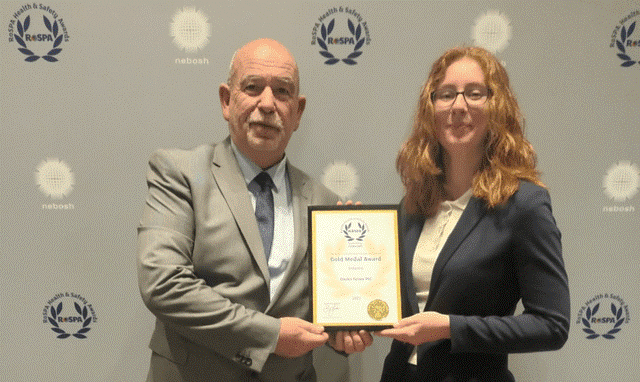André Casterman, CEO, Trade Finance Distribution Initiative, analyses the tech-driven transformation of trade finance and how it creates opportunities, while curbing cost and pressures
The complexity and cost of international trade was already trending higher before the disruption caused by the pandemic and war in Ukraine. However, looking forward it will be tighter regulatory compliance rather than economics or geo-politics that adds further cost pressures, squeezing out some players but also creating opportunities for new technology to help mitigate the impact of such change.
A combination of post-pandemic supply chain issues and protectionism, exacerbated by war in the Ukraine that has fuelled competition between the US and China, have added up to more trade restrictions, tariffs and bans, all of which complicate trade and, by extension, trade finance. In fact, trade restrictions on goods, services and investment reached an all-time high in 2022, more than 10 times the level a decade earlier according to Global Trade Alert data.1
It’s a confluence of events that has contributed to inflation and rising interest rates around the world, which have not only slowed the wheels of business but also pushed up the cost of trade finance, because interest rates are embedded into the pricing formula. As well, the implementation of Basel III regulatory requirements this year and next have the potential to increase both complexity and cost, thereby sucking liquidity from trade finance, slowing trade and possibly adding to the cost-of-living crisis.
To be sure, the need for tighter regulatory compliance is not in question, but to avoid potentially negative side-effects, it needs to be accompanied by a transformation of the way trade finance is conducted. So, it’s reassuring to know that this transformation is already underway, driven by cutting-edge technology, bringing new players and fresh liquidity to the sector. It’s a trend that’s set to accelerate discernibly in the coming years.
Basel III requirements put squeeze on banks
The Basel III requirements were laid out in the aftermath of the Global Financial Crisis (GFC) of 2008 and are now being implemented in what is known as Basel IV. In a nutshell, it increases banks’ regulatory capital and reduces free capital. Basel III increased banks’ Tier 1 capital requirement from 4% to 6%, while also requiring them to maintain additional buffers, raising the total capital requirement in some cases to as much as 13%. The deadline for implementation is 1 January 2025.
Alongside the capital requirements, the bar is being raised with regard to anti-money laundering (AML) and know-your-customer (KYC) regulations. For AML, Basel III requires that banks perform checks on corporates and on correspondent banks for every transaction, while KYC checks need to be done every year.
For checking the details of transactions, the regulators are more demanding in what they expect of banks regarding logistics. Banks are used to handling money and documents, but since the GFC, a growing number of AML regulations have forced them to do checks on shipments, owners of ships and the trajectories of ships and destination ports. The trade finance transactions now contain much more information than purely payments.
While banks face rising operational costs in trade finance, they are also facing a decline in profitability. In the past, trade finance was typically seen by banks as an add-on to their payments and cash management business to support corporate clients. In isolation, however, the business of trade finance suffers from very low margins.
Read more of this feature in our latest issue here.
Never miss a story… Follow us on:
International Trade Magazine
@itm_magazine
@intrademagazine
Media Contact
Joseph Clarke
Editor, International Trade Magazine
Tel: +44 (0) 1622 823 920
Email: editor@intrademagazine.com





